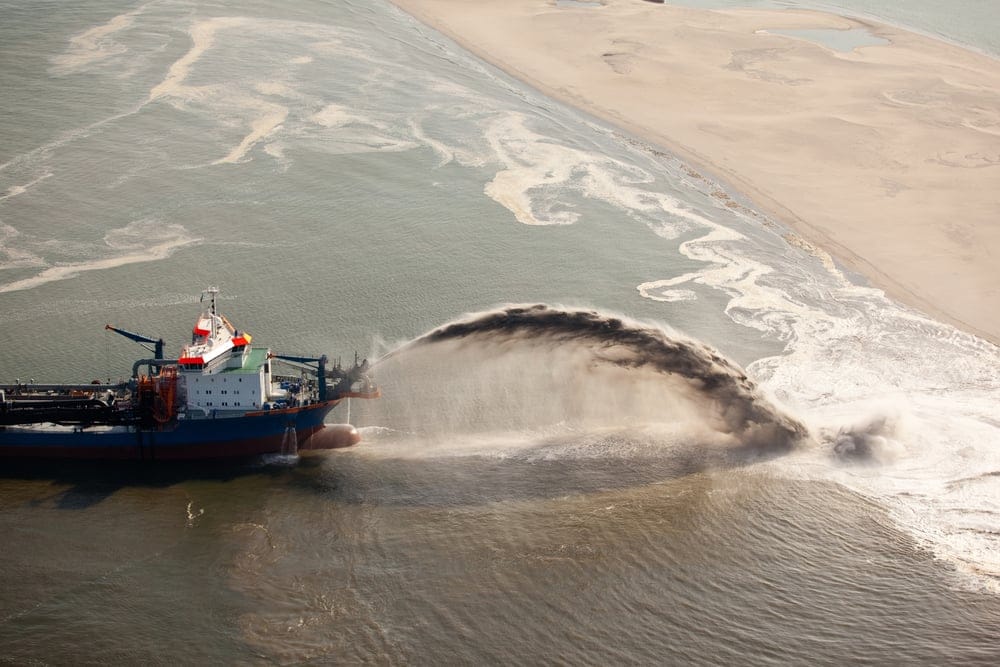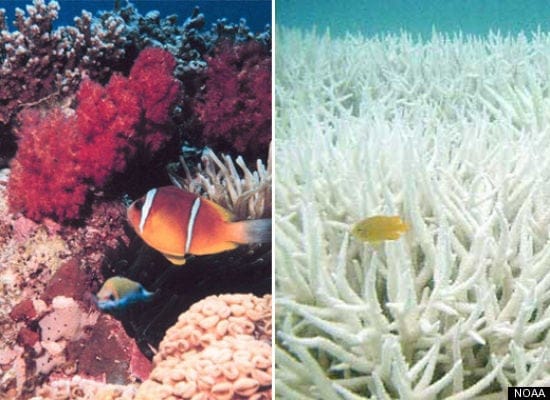Australia's 7 Best Hills To Visit With A Six Pack And Talk Shit
CLANCY OVERELL | Editor | CONTACT It's that time of the year again when you start looking for things to

22 January, 2015. 12:34
ERROL PARKER| Editor-at-large | Contact

LONG-AWAITED coral cleaning machines have arrived at The Great Barrier Reef, heralding a new beginning for the World Heritage Site.
The revolutionary technology has been under development in China for the past decade – with the goal of repairing the damage done by the warm phase of the El Niño Southern Pacific Oscillation.

Commissioned by the Abbott Government and the mining lobby in December 2013, the waterborne vehicles have been approved by both government environmental agencies and the mining sector.
In November 2013, Greg Hunt, the environment minister, approved a campaign to Clean The Reef as part of the construction of a “mineral resource exportation station”.
According to corresponding approval documents, the process will create around 3 million cubic tonnes of clean coral that will be seeded within the Great Barrier Reef marine park area – which in turn will foster coral regrowth.
In a statement this morning, Queensland Conservation says that the reef cleaners have arrived just in time to save the reef from the 2015 catastrophic warm ocean currents.
“Summer is particularly hard on the reef,” said a spokesman.
“With all the so-called ‘eco tourism’ and protesting,”
“Coupled with the warm waters, it makes the coral very dirty,” he said.
“At the moment, the coral is in dire need of an ‘autumn’ clean.”

Late last year, the Newman Government also removed the “protected species” status granted to dugongs, which exist in plague numbers in the northern quarter of the marine national park.
The ocean mammal is responsible for damaging millions of acres of pristine clean coral each year.
Dugong numbers where initially brought under control by the Native Title Act 1993, in which native title holders retained the right to legally hunt dugongs and green turtles for ‘personal, domestic or non-commercial communal needs’ – but the warm ocean currents saw the once endangered animals population explode.
Under the new amendments that passed the QLD lower house in November, dugongs can now be legally hunted for sport with a centre-fire firearm from either a water vessel or from an aircraft.
Bowen Helicopter Tours has been working in Great Barrier Reef tourism for over twenty years and owner Nathan Buzzard says the loosening of the dugong hunting laws will be “good for business”.
“We’re booked out through to June,” said Mr Buzzard.
“People are coming from all over the world – business is really booming,”
“It’s also quite lucrative, people are willing to pay big money to shoot a dugong from a helicopter.”
With AAP and News.com.au